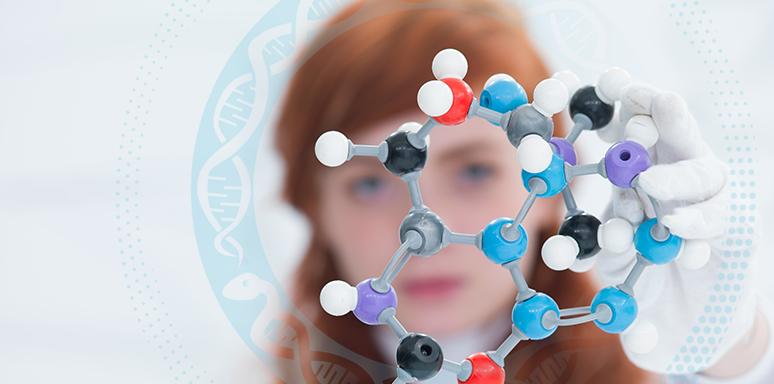A combination of cellular and structural biology advances the fight against breast cancer in a way never before possible.

An estimated 90% of deaths from breast cancer are due to complications resulting from metastasis, a process in which cancer cells break away from where they first formed, travel through the blood or lymph circulatory system, and form new, metastatic tumors in other parts of the body.
With no effective treatment to block this process, there is a need to target not only the primary tumor, but also its metastatic potential when highly-invasive types of breast cancer and/or breast cancer at an advanced stage are diagnosed.
Cancer cells use feet-like protrusions called invadopodia to degrade underlying tissue, enter the bloodstream and form metastases in other organs. Approximately four years ago Dr. Hava Gil-Henn and researchers from Bar-Ilan’s Azrieli Faculty of Medicine revealed two important clues about the formation of invadopodia: the cellular level of the proteins Pyk2 and cortactin suspiciously increased when the cell entered its malignant phase, but when the cell lost its ability to produce Pyk2, no metastasis was observed whatsoever.
In a recent study expanding on this finding, Dr. Gil-Henn and Prof. Jordan Chill, of Bar-Ilan’s Department of Chemistry, characterized the interaction between these partner proteins and showed that this interaction is a prerequisite for metastasis formation of cancer cells. They determined the mechanism in which the cortactin-Pyk2 interaction affects invadopodia formation and defined the structure of the complex between these two proteins.
The findings of the research team, which also included Dr. Shams Twafra and Dr. Chana Sokolik, were published in the journal Oncogene.


